Both Nations’ Best Interest
Both Nations’ Best Interest
By Mehmet Enes Beşer
As the world’s alliances are being recalibrated and old friends have proven themselves unreliable, one bilateral relationship is ready to be reborn and reenergized: China and Thailand. Historically linked by cultural affinity, economic interdependence, and regional interest, the two countries are now exceptionally well positioned to move their relationship in a more strategic, forward-leaning direction. Whereas previous relations were marked by constrained cooperation and subdued diplomacy, the future will be dominated by ever more vocal cooperation. For both Thailand and China, increased bilateral cooperation is no longer a choice but a strategic necessity.
Thailand has forever followed the middle way in foreign relations, hedging between superpowers without completely identifying itself with any single bloc. It was a Cold War ally of America; in the post-Cold War era, it deepened its economic ties with China while maintaining close political and military relations with Washington. But changing global trends, especially the sharpening U.S.–China rivalry, are pushing regional actors such as Thailand to recalculate their strategic equation. In this act of rebalancing, China comes not just as an economic partner, but as a regional anchor—whose proximity, endowments, and growing salience can no longer be managed through diplomatic distance. Economically, the linkages are already robust.
China is Thailand’s largest trading partner, a primary source of investments, and a primary market for Thai exports, particularly in agriculture, electronics, and tourism. The Belt and Road Initiative (BRI) has invested in everything from industrial parks to high-speed rail. Bangkok’s joining of the China-led Regional Comprehensive Economic Partnership (RCEP) has further tied the Thai economy to a China-centered trade order. Thailand’s own post-pandemic recovery plans also rely partly on the return of Chinese business capital and tourists. In short, China is now more than just one of many economic partners—it is at the forefront of Thailand’s future success. What will make the new era of China–Thailand relations so interesting, though, is that it is not all about economics. Cultural diplomacy is taking wing, with more and more schools in Thailand now learning Mandarin and Thai students going to Chinese universities in increasing numbers.
The two countries have been conducting defense exchanges, joint disaster relief drills, and coordinated policies in regional organizations like ASEAN. Thailand has also shown interest in cooperation in digital economy schemes like 5G infrastructure, smart cities, and e-commerce—all areas where China is the technological leader. These trans-sectoral connections augur that the relationship is going somewhere bigger, more durable, and multifaceted. Above all, they have a strategic vision founded upon the imperative of regional stability, multipolar engagement, and non-interference. Thailand, and most of Southeast Asia, does not wish to be pushed into the either-or of having to select between China and the United States.
Its neutrality, therefore, increasingly means pragmatic alignment with Beijing—not ideologically, but because China offers a model of collaboration in which infrastructure precedes ideology, trade values, and regionalism external lecturing. To a country like its own beset by domestic issues and political realignments, such a model is not only attractive—it’s familiar. In Beijing’s perspective, consolidating ties with Thailand is also strategic. As China seeks to locate itself in mainland Southeast Asia, Thailand is a precious geographic and diplomatic bridge.
Strategically located in the Mekong world, it is therefore a prime connection for BRI logistics, pipeline energy, and trade corridors from southern China to the ASEAN markets. Thai ASEAN prestige and discreet diplomacy culture also render it a first-rate mediator of Chinese interests without provoking resistance. At a time when China skepticism is increasing in the West, the development of stable, low-drama relationships is at the top of Beijing’s regional agenda. Others will make the case that closer ties to China will erode Thai sovereignty or limit its foreign policy space for maneuver. But such views sell Bangkok’s diplomatic sophistication short. Thailand has been the centuries-long master of great-power big-game managing.
What is new today is not that Thailand is choosing China over others, but that it is choosing to reset the terms of engagement—insisting on relations with tangible dividends and without moral lectures or strategic ambiguity. Here, the China–Thailand relationship is not a relationship of dependency, but a relationship of agency—converging interests intertwining in terms of a shared vision of Asian-centered development. Conclusion As world order enters a new era of fragmentation and fluidity, China and Thailand will be resetting their partnership for the new era—one founded on pragmatism, regionalism, and mutual interest. The reasons why closer collaboration must be attained are overwhelming: economic relations are deepening, geostrategic alignments are shifting, and the two countries favor stability over conflict.
As the West remains mired in argument and competition of values, China and Thailand are building rails, information pipes, and cultural bridges.
This type of transition is not without risk. Thailand will have to take care to safeguard its sovereignty so that no partnership—however friendly—subordinates its long-term interests or institutional integrity. China, also, will have to resist the temptation to treat its neighbors as mere objects for the exercise of influence. Only with respect, reciprocity, and transparency can there be a truly stable and sustainable partnership. But if both sides steer such geopolitical hurdles with agility and vision, the outcome can be nothing short of revolutionary—not just for their own bilateral ties, but for the region as a whole. A stronger China–Thailand relationship can serve as a beacon to a new kind of intra-Asian cooperation: one not based on external powers, but on shared geography, mutual respect, and a shared sense of direction. In a world increasingly characterized by fissure and distrust, the quiet, steady evolution of China-Thailand relations offers something valuable and rare: an example of how middle and great powers in Asia can work together—not for themselves, but for regional equilibrium. The future is unclear, but for these two nations, at least, the road forward is more certain—and more aligned—than ever.







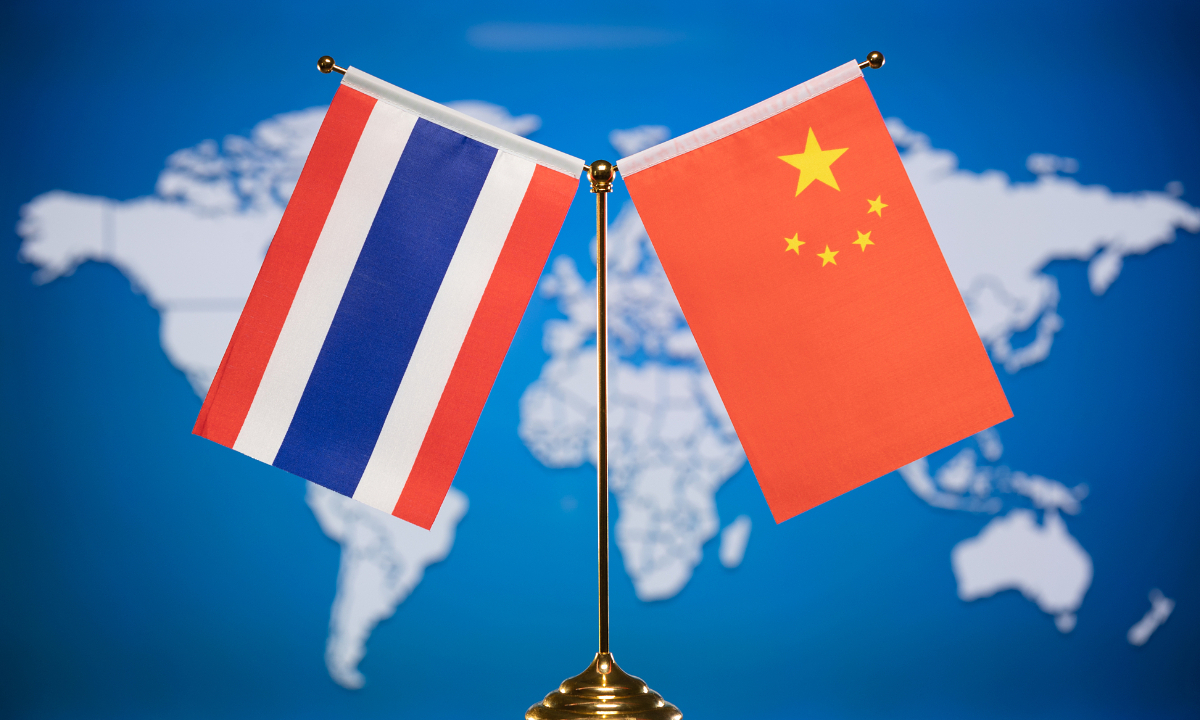




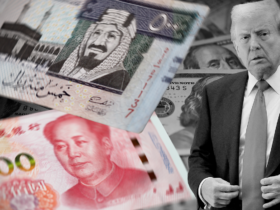
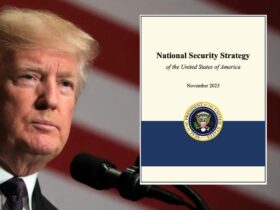
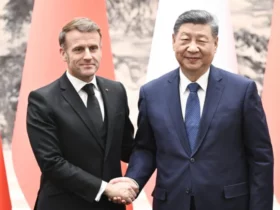

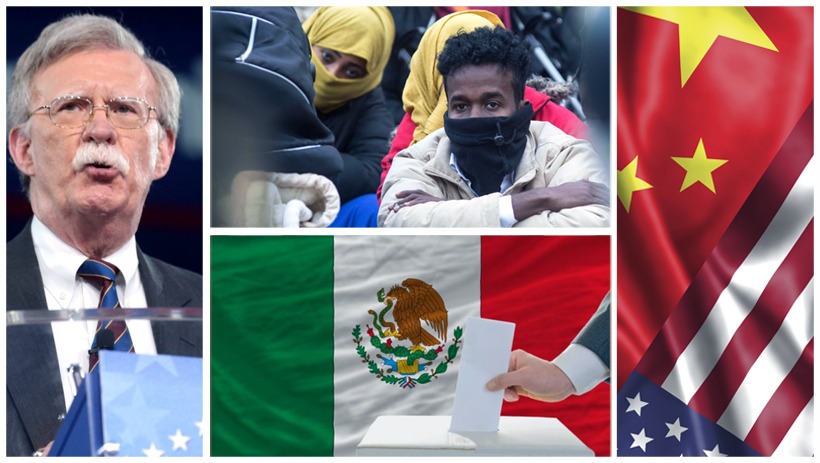
Leave a Reply